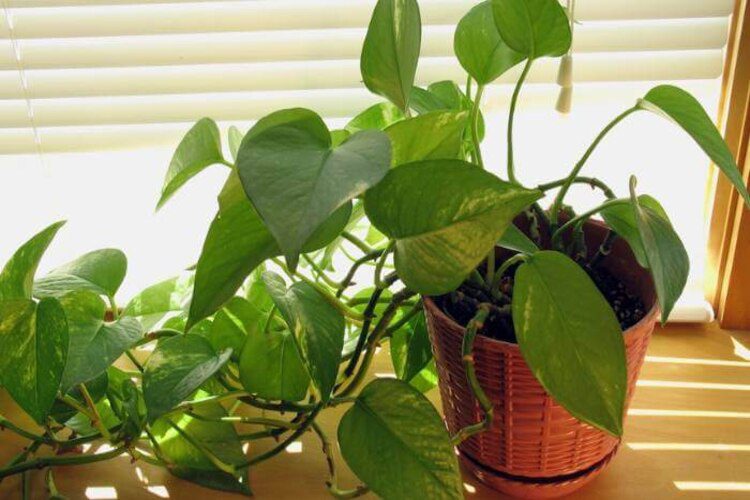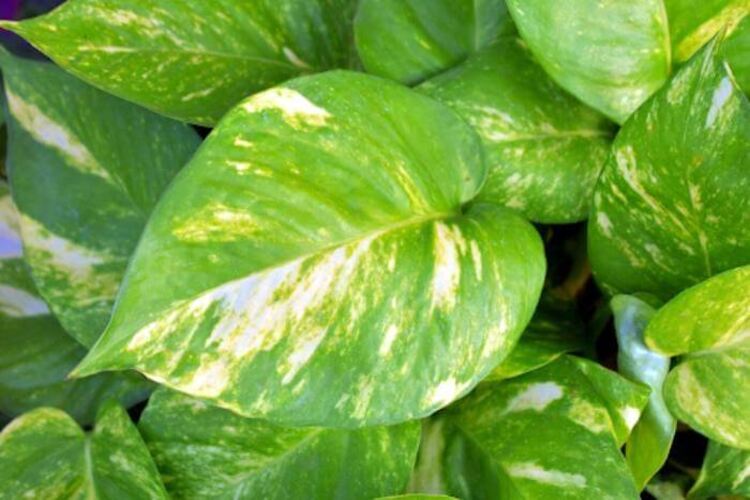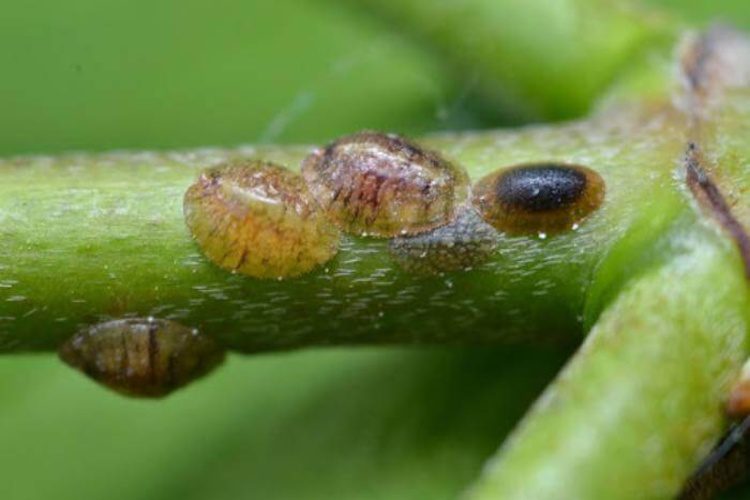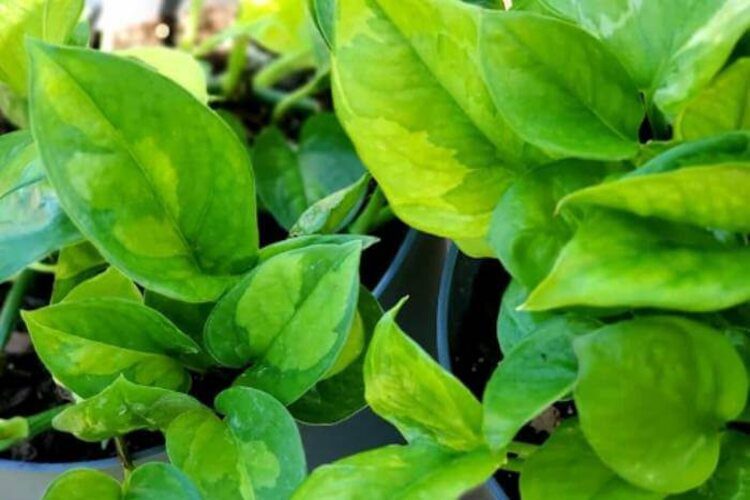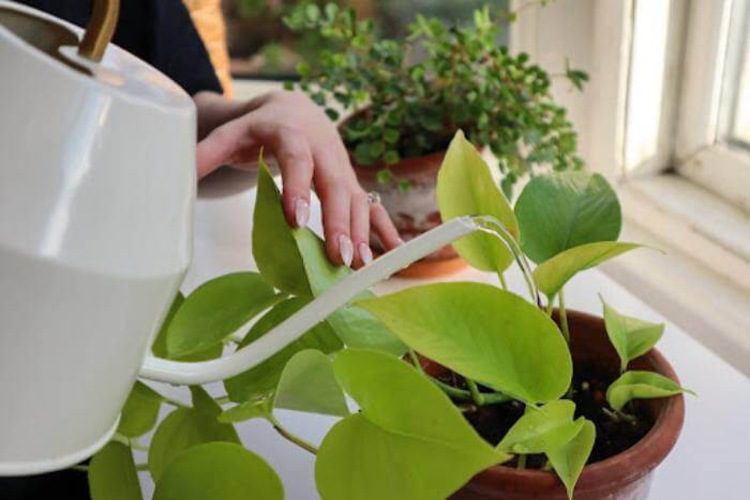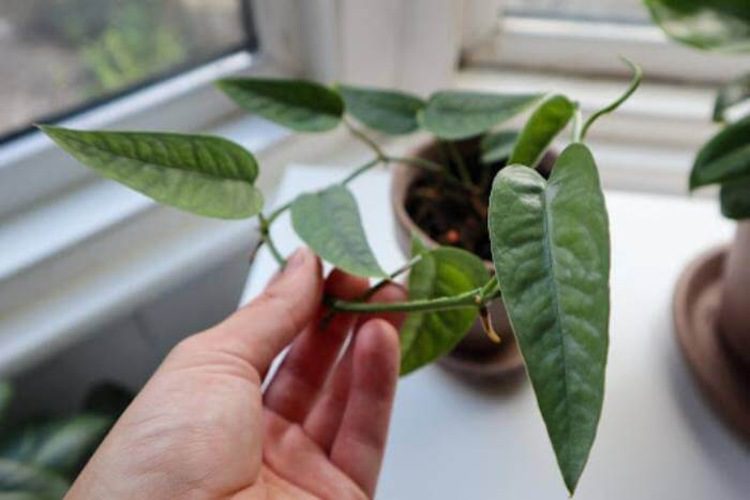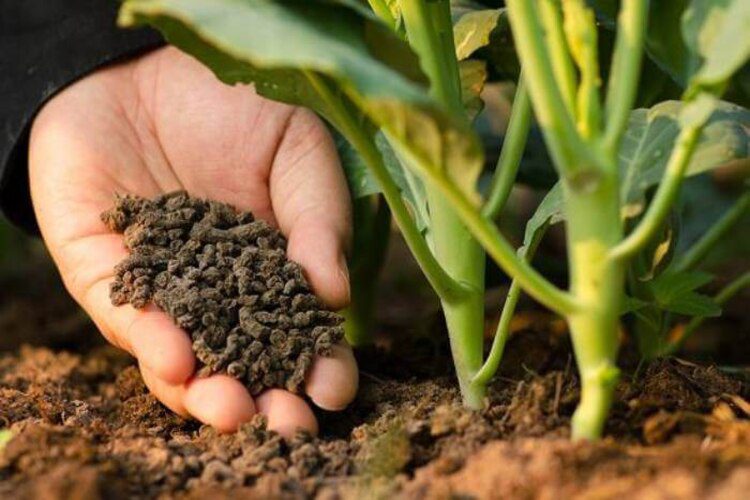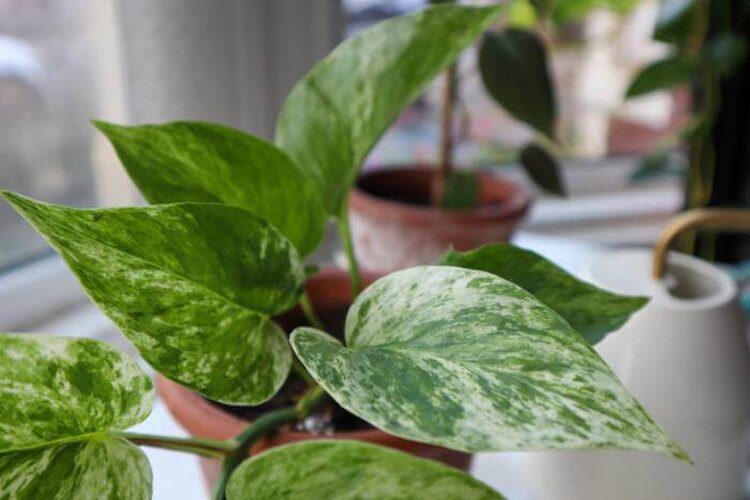Does Pothos Need Drainage? Tips For Good Water Release
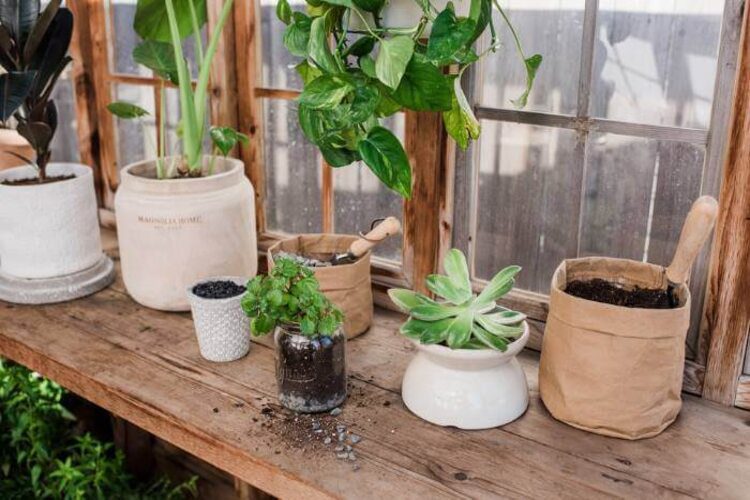
Pothos are fast-growing plants in tropical or warm zones of soil, and they are a great choice for those starting out their gardening journey. But if you’re the plant’s new owner, there are some key factors to consider in order to keep your potted companion happy and healthy!
Watering might be at the top of your list; how often do you need it? And does this particular green friend require extra draining from time to time? We’ve got all the answers for suitable drainage in the pothos soil. So that with just a bit of effort, both you and your Pothos can have plenty more pretty days together!
Does Drainage Necessary For Pothos?
Yes, drainage is important for pothos. Without it, the soil with excess moisture can become compacted and turn into something resembling rocky terrain—not exactly conducive to healthy root growth.
The roots need gaps between tiny elements in order to find their way around. When the soil is too hardened, plant roots can become intertwined and “root bound,” preventing them from soaking up necessary nutrients. In these cases, a wilting death may be imminent unless corrective measures are taken in time!
In addition, if the water stagnates, roots may become vulnerable to fungal or moldy diseases like root rot. Symptoms of this issue include droopy leaves and eventual blackening of foliage, effects that can be so severe as to lead to death if left untreated. So proper drainage is a key factor in allowing root Pothos to access the necessary nutrients they need while also fending off potential diseases or bacteria.
Tips To Ensure Good Drainage
For those just starting their green thumb journey, these tips are the essential keys to well-draining soil for all your gardening needs and eventually those bright green leaves! Getting it right is simple – follow our easy step-by-step guide, and you’ll be on your way.
Pots with many drainage holes
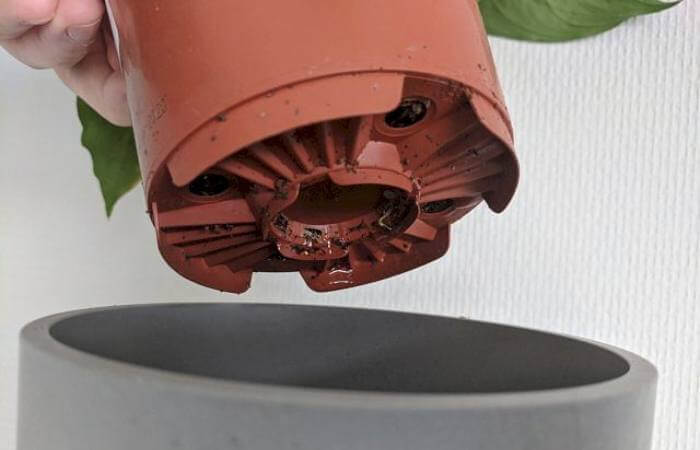
To give your indoor plant the best chance of thriving, be sure to set it up in a pot with some drainage holes at the bottom. This well-draining potting mix will allow any extra water that may accumulate during watering to drain away and ensure that roots aren’t constantly sitting in moist soil—a recipe for fungal issues!
Don’t worry if you notice bits of soil slipping out between the gaps; this is completely normal. To minimize soil sliding from the pot, try adding a base layer of small stones; it’ll be sure to hold everything together while still allowing proper drainage.
Avoid stagnant bottom-watering
Standing a houseplant’s pot in a tray of water is an ingenious way to keep it hydrated; bottom watering exploits capillary action, allowing the roots to soak up all they need as if by magic. You should use terracotta pots instead of plastic ones.
Though helpful for certain species of plants, be sure not to overdo it with your pothos. To avoid overwatering the bottom, place the pot in a water bath just until the soil is visibly damp—no more than that. This way, you’ll give your plant just enough TLC for lush growth with minimal effort.
Choose appropriate potting mix
When it comes to potting mix, give your plants the right nutrition, and they’ll be sure to thrive! Choose a mix that is tailored specifically for the type of plant you have, such as Pothos, which needs less water than many other varieties.
A balanced blend with an absorbent texture will ensure perfect moisture levels for faster growth. Not only will this ensure sufficient drainage and easy maintenance, but it also retains all necessary nutrients within so that they don’t just wash away!
Draining bottom layer
To protect the roots of your plant, add a protective layer like pebbles or pumice to help keep excess water from settling too long and saturating them. This simple step will ensure that their delicate root systems stay healthy. This is called a water scheme.
With a bit of green-fingered prowess, you can use the same techniques for growing pothos on a variety of other houseplants, such as snake plants, shrub plants, buzzing spider plants, and dazzling oleanders!
Can Pothos Live When Fully Submerged In Water?
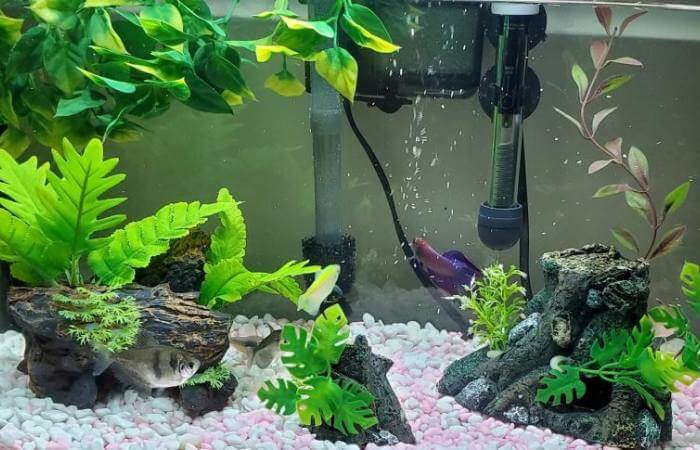
Yes, Pothos plants can survive indefinitely in water, but to keep them healthy, you should refresh the liquid every two to three weeks and make sure they are receiving proper indirect sunlight. Your plant can’t go thirsty if its roots are always wet. Believe it or not, something so seemingly silly can actually be effective.
Nourish your Pothos with long-lasting hydration and watch as specialized roots develop, capable of absorbing oxygen directly from the water to ensure proper respiration, as opposed to soil-based, where roots may drown if there’s too much moisture in the mix.
By growing your Pothos in water, you don’t have to worry about one of the most common hazards for houseplants: root rot. Fungi and bacteria don’t fare well in an aquatic environment, unable to survive the water-filled world.
When the plant is in water, it is like creating a small oasis of higher humidity right around its leaves, making sure they stay properly hydrated. Though this is no replacement for humidifiers or other measures, with proper care, your beloved houseplant will thrive despite indoor air conditions.
Although reaping the rewards of a flourishing Pothos grown hydroponically is certainly tempting, maintenance shouldn’t be overlooked. Nourishment must be supplied regularly and meticulously to ensure healthy plant growth; no soil means little to no reserve for slow fertilizer release, while pH levels must also remain in check.
Your Pothos needs plenty of light to thrive, but too much sunlight can result in an unwelcome side effect: green slime building up on the roots! This algae buildup not only looks unpleasant but also impedes their ability to absorb essential nutrients and oxygen. Keep a close eye on your plant and make sure you take regular steps towards eliminating any algae accumulation.
FAQs


